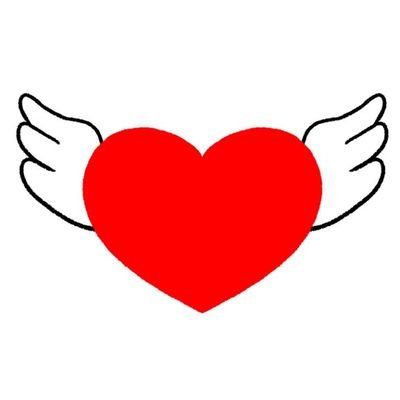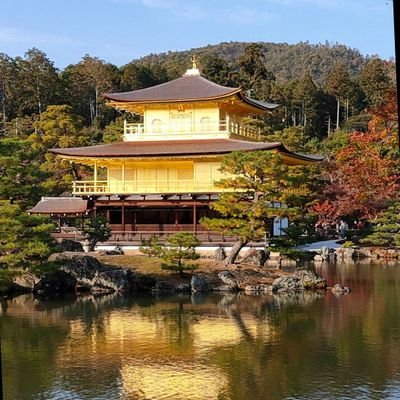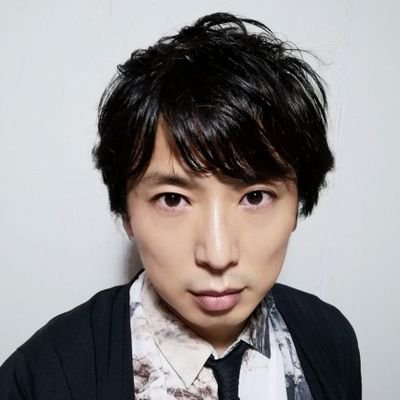
Independent Guide TAKA
@GuiShiyuan44186
Followers
81
Following
3K
Media
537
Statuses
1K
I’m a Independent guide in English in Tokyo. When you need a guide, please message me.
Joined May 2023
#jōkōro#Sensoji#Temple#CulturalTraditionalJapan#Tokyo. Some people also offer incense here before heading to the main hall to pay their respects. If you take a closer look, you’ll also see a dragon carved into the side of the jōkōro.
0
0
1
#jōkōro#Sensoji#Temple#CulturalTraditionalJapan#Tokyo. There’s a belief that being exposed to the smoke can make you smarter, cure illnesses, and more.
0
0
0
#jōkōro#Sensoji#Temple#CulturalTraditionalJapan#Tokyo. Burning incense actually started in India as a way to get rid of bad smells, but over time, it became a way to show respect and pray to Buddha. That practice eventually made its way to Japan along with Buddhism.
0
0
2
#jōkōro#Sensoji#Temple#CulturalTraditionalJapan#Tokyo. A kōro is an incense burner, a kind of vessel used to burn incense. It's usually made from materials like ceramic, copper, gold, or silver.
0
0
2
#chōzuya#Sensoji#Temple#CulturalTraditionalJapan#Tokyo. Finally, rinse the handle of the ladle with the remaining water by tilting it upright, and then return the ladle to where it was.
☀️Happy Sunday Morning 🙏.Ontake Shinto shrine in Tokyo⛩️Sacred water of Chozuya for wash your hands and rince your mouth to clean yourself. #御嶽神社 #東京 #大田区
0
0
3
#chōzuya#Sensoji#Temple#CulturalTraditionalJapan#Tokyo. After that, switch it back to your right hand, fill the ladle again, and pour some water into your left hand to rinse your mouth. Then wash your left hand one more time.
#Asakusa always a fun place to visit, not only for overseas visitors but Tokyoite. Kakkoii cool #Chozuya #手水屋 Not many people in Feb. Hope we can get back to our normal life soooon🤞😉.#tokyowalk #tokyolife #tokyo #shitamachi
0
0
0
#chōzuya#Sensoji#Temple#CulturalTraditionalJapan#Tokyo. So here's how to do it. First, hold the ladle in your right hand and use it to scoop water to wash your left hand. Then switch the ladle to your left hand and wash your right hand.
📹fun_travel_japan. How to use the washing basins at shrines in Japan⛩️. Called Chozuya, these washing basins have a very specific order🧼. First, wash your left hand, then your right hand, and finally the shaft of the ladle🤲. #cooljapanvideos #japan #learn #travel #culture
0
0
0
#chōzuya#Sensoji#Temple#CulturalTraditionalJapan#Tokyo. There’s a specific ritual for how to wash your hands at the omizuya. Water comes out of the mouths of eight dragon-shaped taps in thin streams.
0
0
2
#chōzuya#Sensoji#Temple#CulturalTraditionalJapan#Tokyo. If you look up at the ceiling, you’ll see a dragon painting done in India ink. The dragon is believed to be a guardian of water.
0
0
0
#chōzuya#Sensoji#Temple#CulturalTraditionalJapan#Tokyo. Kouun Takamura also made the statue of Saigo Takamori in Ueno Park who is such a well-known historical figure in Japan that pretty much everyone here knows who he is.
一言説明【西郷隆盛】.幕末、明治初期の有名政治家(1828-1877)。上野公園の銅像は彫刻家の高村光雲作。. Brief explanation of Takamori Saigo.Famous politician at the end of the Edo era and early Meiji era(1828-1877). The bronze statue in Ueno Park was created by sculptor Koun Takamura.
0
0
0
#chōzuya#Sensoji#Temple#CulturalTraditionalJapan#Tokyo. The big octagonal basin is made from a type of granite called sabimikage-ishi in Japanese. And the statue with a dragon on its head is made of bronze. It’s called the statue of Sakara Dragon King, who’s a Dragon God.
️️ ️. "Sebelum kita masuk ke hall utama, pengunjung harus membersihkan diri dulu di pancuran Omizuya. Nah letaknya ada di sebelah kanan kita ya, ada patung dewa Naga yang merupakan penguasa air. Lakukan sebuah ritual penyucian yang disebut Temizuya.". ️️
0
0
2
#chōzuya#Sensoji#Temple#CulturalTraditionalJapan#Tokyo. Here at Sensoji Temple, though, it’s called omizuya. This uses the same Chinese characters as chōzuya, just a different reading.
0
0
1
手��舎. #chōzuya#Sensoji#Temple#CulturalTraditionalJapan#Tokyo. This area is generally called chōzuya. It’s where people wash their hands and purify themselves before paying respect to the gods at shrines and temples.
0
0
0
#Omikuji#Sensoji#CulturalTraditionalTokyo. To be more specific, it’s said that the current form of Omikuji comes from something called Ganzan Daishi Hyakusen, which was created by Ryogen based on a chinese lottery system called Tenjikureisen that had been introduced earlier.
0
0
2
#Omikuji#Sensoji#Temple#CulturalTraditionalJapan#Tokyo. It’s also said that the roots of the current form of omikuji go back to China. There was a Buddhist monk named Ryogen, also known as Ganzan Daishi. He was a high priest of the Tendai sect in the 10th century.
0
0
2
#Omikuji.No one really knows exactly where Omikuji originated, but it’s believed that in ancient Japan, people used to draw lots to understand the will of the gods, especially for big things like national rituals or choosing successors.That might be where the practice comes from.
0
0
2
#Omikuji#Sensoji#Temple#CulturalTraditionalJapan#Tokyo. It’s not just about judging your luck, but also about reflecting on what it says and using that to guide your choices going forward.
0
0
2


















